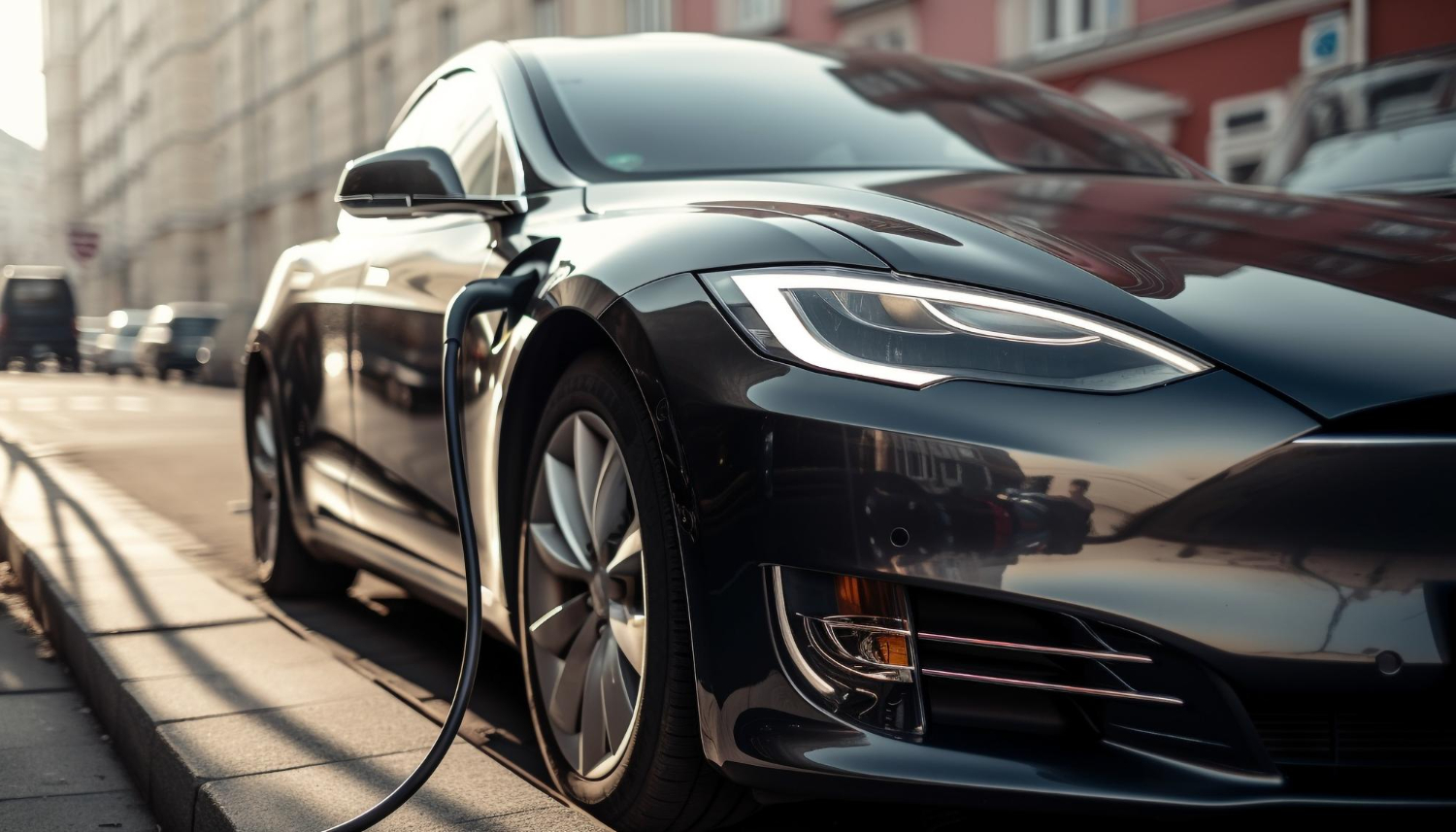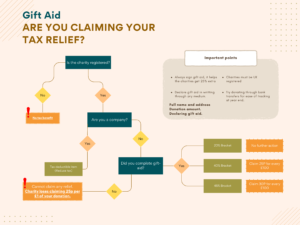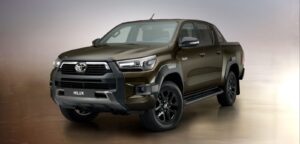Understanding Capital Allowances on Cars: A Comprehensive Guide
Capital allowances are a valuable tax relief for businesses, allowing them to deduct the cost of certain assets from their taxable profits. When it comes to cars, the amount you can claim depends on the car’s CO2 emissions. This article will explain the key points and provide a simple calculation table to illustrate the impact of different car emissions, including National Insurance (NI) contributions and the balancing charge when selling the car.
Types of Capital Allowances for Cars
- First-Year Allowances (FYA):
- 100% FYA: Available for new and unused electric cars or cars with zero CO2 emissions. This allows you to deduct the full cost of the car from your profits in the year of purchase.
- Writing Down Allowances (WDA):
- Main Rate (18%): For cars with CO2 emissions up to 50g/km.
- Special Rate (6%): For cars with CO2 emissions over 50g/km.
National Insurance Contributions (NI)
- Class 1A NI: Employers must pay 13.8% on the value of the benefit-in-kind (BIK) for company cars used for personal purposes.
Selling the car
When you sell a car on which you have claimed capital allowances, you may need to account for a balancing charge. This occurs if the sale proceeds exceed the tax written down value of the car.
Tax Written Down Value
The tax written down value (TWDV) is the value of an asset after accounting for capital allowances claimed on it. It is calculated by taking the original cost of the asset and subtracting the total capital allowances claimed to date.
Calculation Table
Let’s consider a car worth £70,000 with different CO2 emissions scenarios. We’ll calculate the costs over three years, including the impact of depreciation, NI contributions, and the balancing charge.
| CO2 Emissions | Allowance Type | Initial Cost | Tax Saving | Depreciation Loss | Resale Value | Balancing Charge | NI Cost | Final Cost |
| 0g/km | 100% FYA | £70,000 | £13,300 | £28,000 | £42,000 | £7,980 | £579.60 | £23,259.60 |
| Up to 50g/km | 18% WDA | £70,000 | £7,560 | £28,000 | £42,000 | £7,980 | £579.60 | £29,999.60 |
| Over 50g/km | 6% WDA | £70,000 | £2,520 | £28,000 | £42,000 | £7,980 | £579.60 | £35,039.60 |
Explanation of the Table
- Initial Cost: The purchase price of the car.
- Tax Saving: The corporation tax saving from claiming the capital allowance.
- Net Cost: The initial cost minus the tax saving.
- Depreciation Loss: The loss in value of the car over three years (40% depreciation).
- Resale Value: The estimated value of the car after three years.
- Balancing Charge: The tax charge when the car is sold, calculated as the resale value multiplied by the corporation tax rate (19%).
- NI Cost: The total Class 1A NI contributions over three years.
- Final Cost: The net cost plus the balancing charge and NI cost, minus the resale value.
Conclusion
Understanding the impact of capital allowances, NI contributions, and balancing charges is crucial for making informed decisions about purchasing cars for your business. By considering these factors, you can optimize your tax savings and manage your costs effectively.









